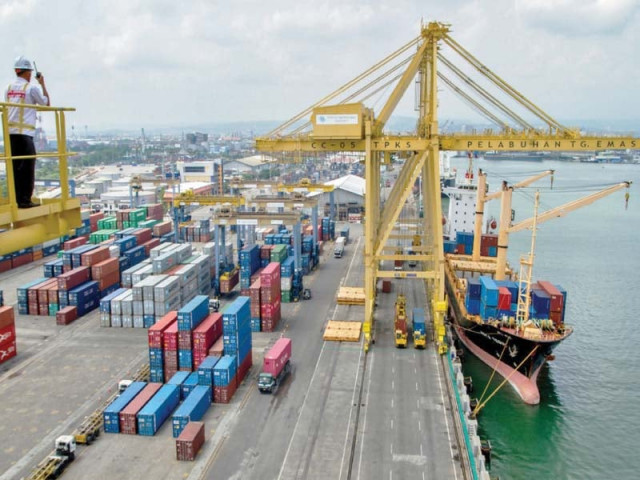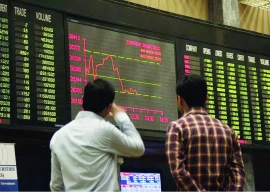
Addressing a meeting at the Faisalabad Chamber of Commerce and Industry (FCCI) on Wednesday, World Bank Equitable Growth Finance and Institutions Chief Economist William F Maloney pointed out that Pakistan possessed the potential to boost growth to 8% but still its growth rate remained around 2.3%, whereas its neighbours recorded historic growth rates of around 17%.
He said that the World Bank would assist Pakistan in fully exploiting its growth potential by linking its economy with the global markets.
Quoting examples of different countries, he recalled that US was once the largest car producing country but today, Japan has emerged as the leading car maker through innovation and competitive technologies.
Massive investment spurs BRI countries’ growth
Underlining the importance of the small and medium enterprises (SME) sector, he shared that the World Bank would continue to initiate macro level measures to harness the skills and productivity of the SME sector by imparting technical and managerial skills.
He stressed the need for inclusion of women who make up 51% of Pakistan’s population and informed that the World Bank had already taken several steps for women empowerment.
Speaking on the occasion, World Bank Equitable Growth, Finance and Institutions Senior Economist Gonzaio J Varela said that currently, Faisalabad was manufacturing leading and popular international brands; however, Pakistani industrialists must develop and introduce their own brands to earn sizeable profits.
“Faisalabad is the manufacturing hub of Pakistan, hence it should upgrade its existing industrial units with new and emerging technologies,” he stressed. “In this connection, joint ventures can also be initiated with developed countries.”
FCCI President Syed Zia Alumdar Hussain was of the view that apart from textiles, other sectors of Faisalabad were also contributing their role in the overall development of the city.
He pointed out that textile sector alone was providing 65% jobs to the Pakistani youth. Talking about garment manufacturing, the FCCI president said that 52% of women across the country used dresses manufactured in Faisalabad.
“Being a port city, Karachi enjoys special status but if manufacturing capability was to be assessed, Faisalabad may occupy the first place in Pakistan,” he opined.
Appreciating the World Bank for investing $5.4 billion in Pakistan, Hussain demanded that Pakistan needed a soft image and enhanced market access to stabilise its economy through exports.
“Due to the travel advisory, buyers are reluctant to visit Pakistan and such steps must be avoided at the global level, which may tarnish Pakistan’s image as a favourable business destination for international investors,” he highlighted
Regarding introduction of Pakistani brands, he informed that the business community was already working with international retail store chains and Pakistani products were popular throughout the world. He disclosed that the chamber was in consultation with an Italian designer to train youth so that the country could also design fashion products for European and western countries in accordance with the latest and emerging trends.
Published in The Express Tribune, April 25th, 2019.
Like Business on Facebook, follow @TribuneBiz on Twitter to stay informed and join in the conversation.

















COMMENTS
Comments are moderated and generally will be posted if they are on-topic and not abusive.
For more information, please see our Comments FAQ